
How Dog Trainers Should Handle Dogs With Bite Histories
Ultimately, especially when you’re first starting out as a dog trainer, you don’t know what you don’t know – in so many ways. In this post, I’m taking a look at how amateur and professional dog trainers should handle dogs that have a known bite history. I’ll share some insights about how a known bite history affects their training tactics, intake questions, management, and more.
Top 5 States With The Most Dog Bite Claims
First, as a professional dog trainer, you should be aware that dog bite claims are on the rise – up by 15% since the previous year according to State Farm. Based on these stats, we are seeing that people are starting to take legal action if a dog misbehaves and hurts another human or animal.
Whether you’re working with a family that was court ordered to complete dog training or a family that’s on its last leg with a dog that’s bitten multiple relatives, there are some precautions you need to take and be aware of the liabilities you’re taking on.
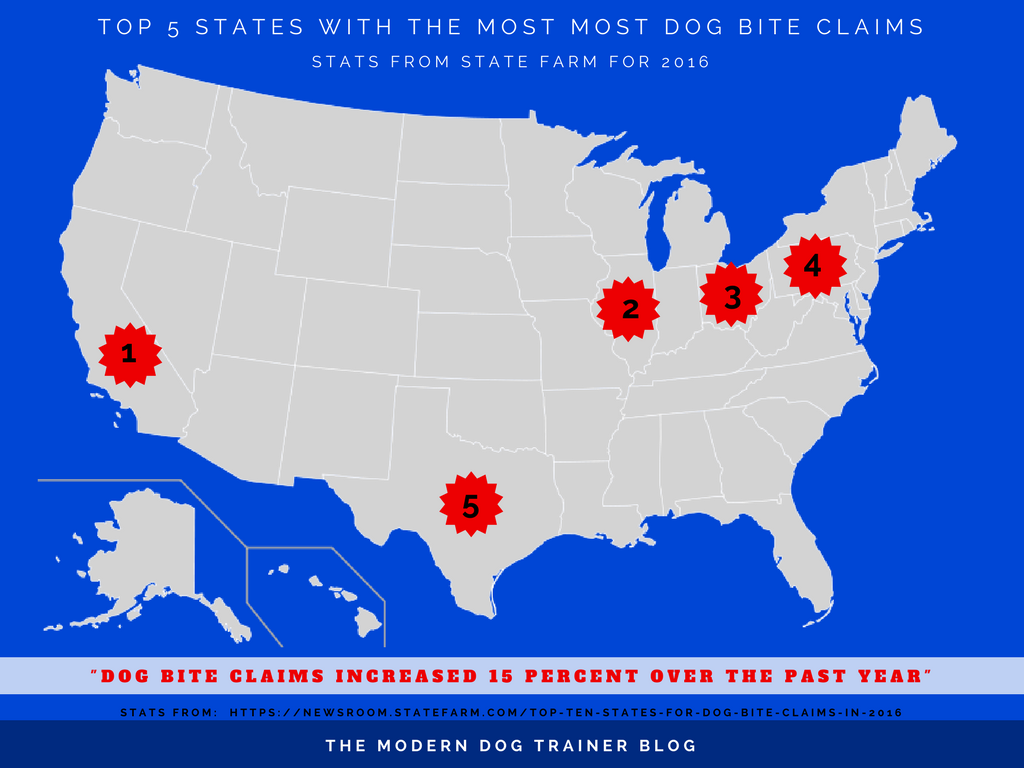
Stats from: https://www.dallasnews.com/news/texas/2017/04/12/texas-ranks-5th-nation-dog-bite-insurance-claims-state-farm-says
In my experience, many dog trainers don’t possess an insurance policy that covers them in some common scenarios that leave them vulnerable. Are you covered in case a dog you’ve worked with in the past reacts badly to someone? Or if that dog injures someone else while you’re out and about training? I share a list of questions in my 12-Week Start Your Own Dog Training Business course you can ask your insurance provider to determine if you’re appropriately covered for common situations that might arise as a dog trainer. You need to make sure you’ve got the right insurance to protect yourself and your business.
Additionally, it’s interesting to note that this increase in dog bite claims could eventually impact you as a dog trainer as insurance costs could increase due to the greater risk of taking on cases with a known bite history. It is definitely something to keep an eye on as our industry matures.
Cities With The Most Postal Workers Bitten By Dogs
Another interesting stat to look at

Stats from: https://about.usps.com/news/national-releases/2017/pr17_016.htm
Now, if you know you’re ready to begin working with aggression cases, take into consideration the following recommendations for a successful behavior modification case.
Express The Severity And Seriousness Of The Dog’s Behavior
 Many dog owners, especially small dog owners, do not quite understand the severity of dog aggression. They do not understand that their dog could potentially cause injuries to small children, injury or death to other pets, and even legal action against them for negligence. When working with someone that has an aggressive dog with a known bite history, it is your duty as the professional in the situation to share the risks of continuing on with and without training now that the dog has already hurt someone.
Many dog owners, especially small dog owners, do not quite understand the severity of dog aggression. They do not understand that their dog could potentially cause injuries to small children, injury or death to other pets, and even legal action against them for negligence. When working with someone that has an aggressive dog with a known bite history, it is your duty as the professional in the situation to share the risks of continuing on with and without training now that the dog has already hurt someone.
My first step would be to write back indicating this sounds like a VERY serious and urgent situation, and that you would urge [the client] to set up an appointment immediately so she doesn’t end up with serious injury and legal issues with the visiting family or her own children. I would put a timeline for a response. “I urge you to call me by phone today from _____ to _____.”
– Risë VanFleet, Ph. D., RPT-S, CDBC
Expressing the severity of the case to your client should also help with compliance and commitment if they decide to move forward with training their dog.
Be Familiar With Your State And Local Dangerous Dog Law
Understanding your state and local dangerous dog laws are important when working with aggressive dogs. To find yours, go to Google.com and search “State And Local Dangerous Dog Law [state or city].” You could even reach out to your local animal control officers to see if they have any specific resources they could point you to. As a professional, it is your responsibility to be up to date on the latest laws and regulations in your community to help your clients and understand the risks involved.
Professionalism And Client Confidentiality
Though you should be respectful and keep client information confidential on a day-to-day basis as a professional dog trainer, we are not legally obligated to keep client discussions or cases confidential from police when one’s life is in danger. A common scenario like this is when potential clients or current clients whose dogs are posing a threat to children in the home. After discussing the severity of the situation with the client, if they fail to take action to protect the person in harm’s way, you may want to report it to local authorities.
You may not need to tell the client in some cases since a report only brings attention to the situation and begins the investigation process. However, you should not take reporting lightly.
It can disrupt lives, so [you] have a responsibility to check out everything as much as [you] can and avoid jumping to conclusions.
– Risë VanFleet, Ph. D., RPT-S, CDBC
Reporting A Dog Owner’s Negligence To Authorities
It is unfortunate, but many of us will come across dog owners that don’t take their dog’s behavior as seriously as we do. There are some situations in which you should call the appropriate authorities and report your cause for concern of the dog’s threat to the community.
In many states, there are penalties for NOT reporting child abuse or endangerment, so this would need to be considered as well for others reading along.
“Approximately 48 States, the District of Columbia, American Samoa, Guam, the Northern Mariana Islands, and the Virgin Islands impose penalties on mandatory reporters who knowingly or willfully fail to make a report when they suspect that a child is being abused or neglected.” – https://www.childwelfare.gov/topics/systemwide/laws-policies/statutes/report/
Information You Should Gather On A Dog With A Bite History
- Vet and medical history, shot records, etc.
- Bites, severity, frequency, targets, scenarios, ER visits, etc.
- Whether or not the dog has been reported as a dangerous dog before.
Your new client intake form should ask questions about the dog’s diet, the dog’s past behavior history, the owner’s lifestyle, the dog’s medical history, and much more. Asking questions not only gives you a better understanding of the context of the dog’s behavior, but you just might spur some old memories from the client that may be unexpectedly relevant to the dog’s behavior changes or issues.
I recently put together a bundle of templates for new (and experienced) dog trainers. This bundle includes a New Client Intake Form, Reactivity Intake Form, Bite History Intake Form, Resource Guarding Intake Form, and six more templates that every dog trainer can use on a daily basis to work with their clients. I recommend you check out my New Dog Training Business Template Bundle.
Taking on aggression cases is not to be taken lightly. Check out our article from dog aggression expert, Rachel Golub, CDBC, CPDT-KA, on how to know if you’re ready to take them on. Read: Don’t Get In Over Your Head When You’re Starting Out


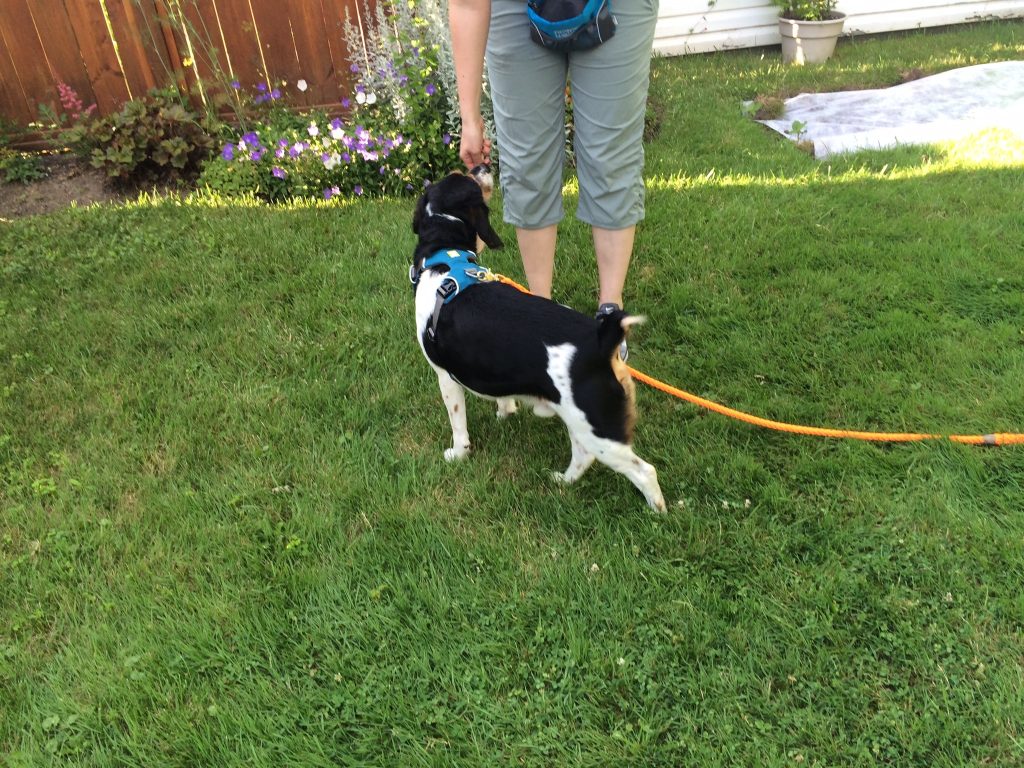

 4. You’ll Gain Industry Insights Found Nowhere Else
4. You’ll Gain Industry Insights Found Nowhere Else
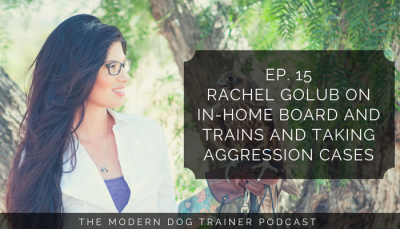
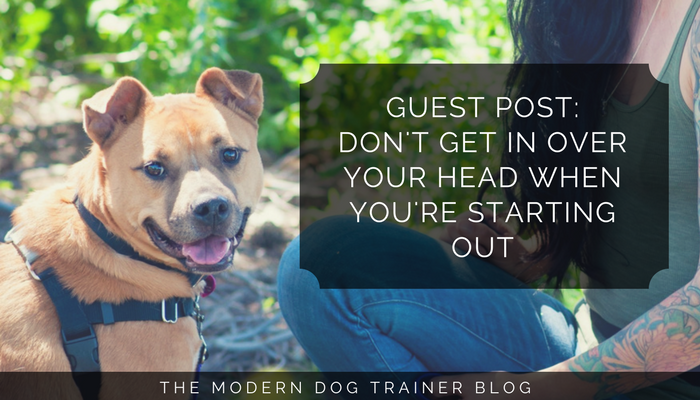
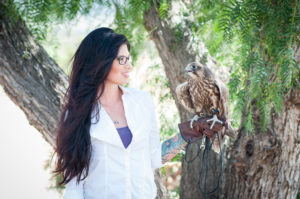 About Rachel Golub, CDBC, CPDT-KA
About Rachel Golub, CDBC, CPDT-KA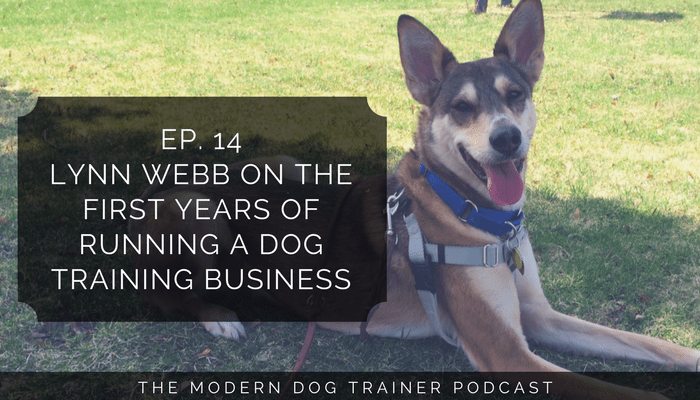
 Lynn’s education includes a Master’s Degree, certification in dog training through Karen Pryor Academy, certification in Canine Massage through Rocky Mountain School of Animal
Lynn’s education includes a Master’s Degree, certification in dog training through Karen Pryor Academy, certification in Canine Massage through Rocky Mountain School of Animal 
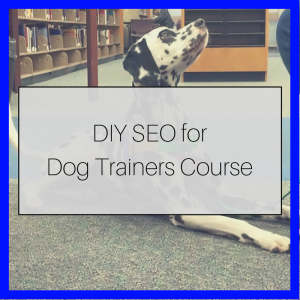
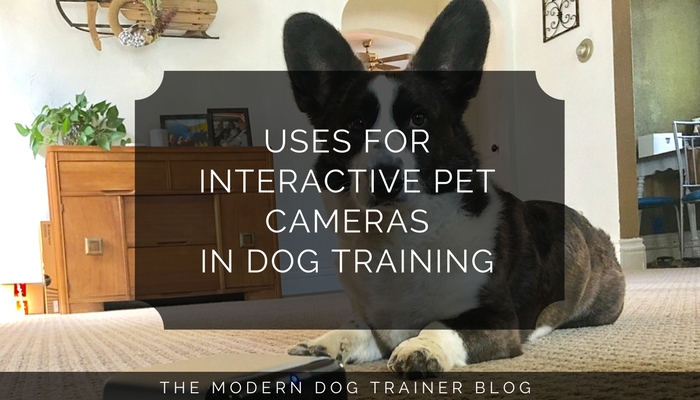
 Every once in a while, I get a request from a company to do a product review. I don’t accept all products as that isn’t the main point of this blog, but sometimes I see a product that interests me and that I think would interest my readers. The Petcube is one of those products I didn’t want to pass up and I’m glad I didn’t.
Every once in a while, I get a request from a company to do a product review. I don’t accept all products as that isn’t the main point of this blog, but sometimes I see a product that interests me and that I think would interest my readers. The Petcube is one of those products I didn’t want to pass up and I’m glad I didn’t.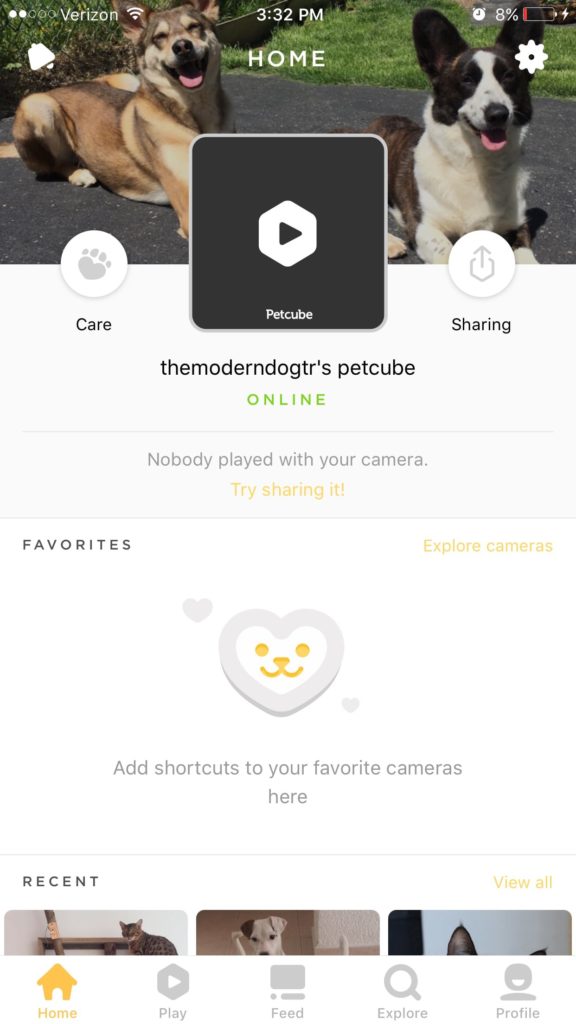

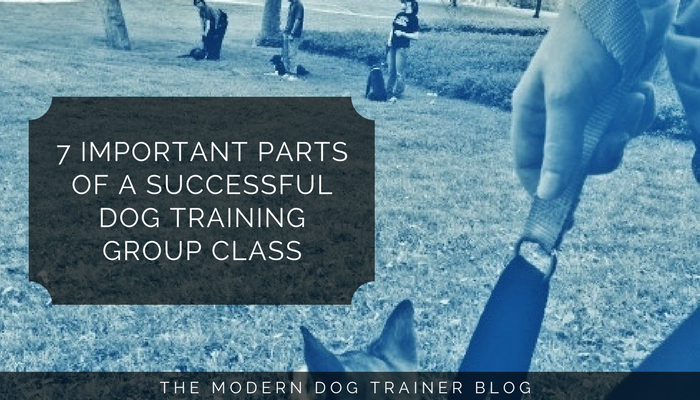
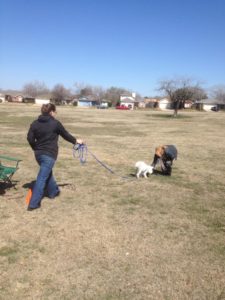 Make sure you are confident enough to speak in front of a few other people and lead them through the steps of the curriculum.
Make sure you are confident enough to speak in front of a few other people and lead them through the steps of the curriculum.

